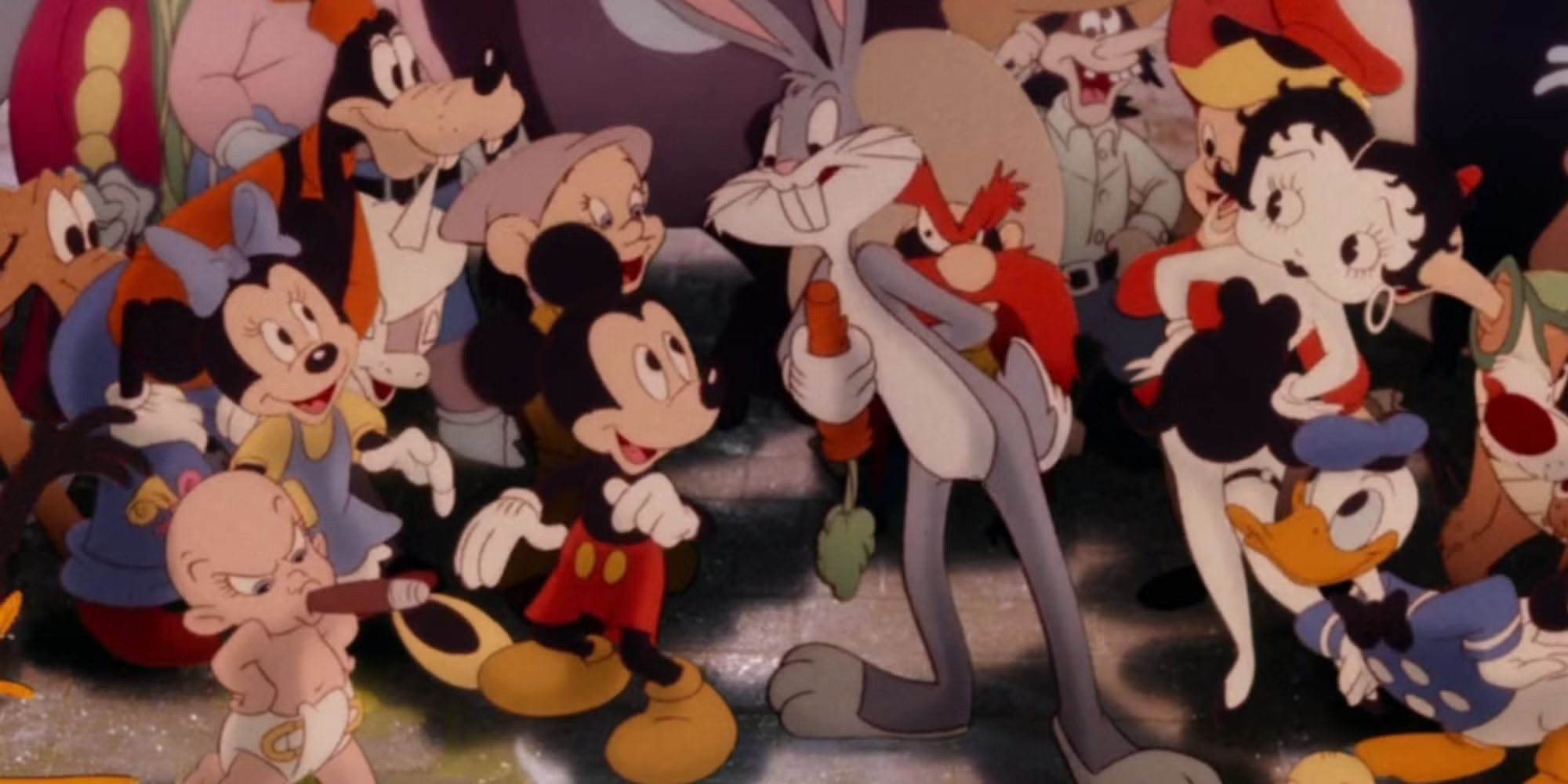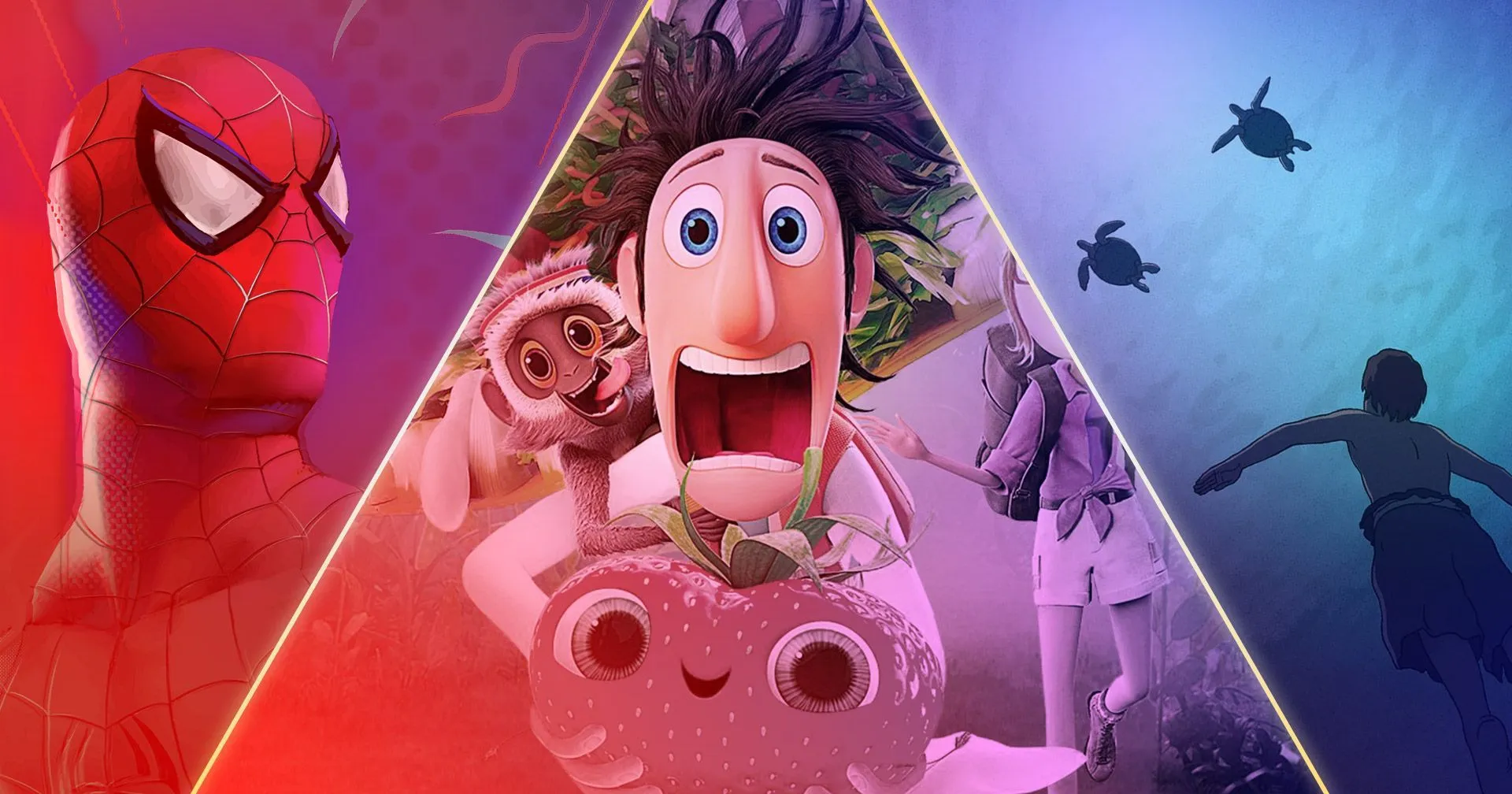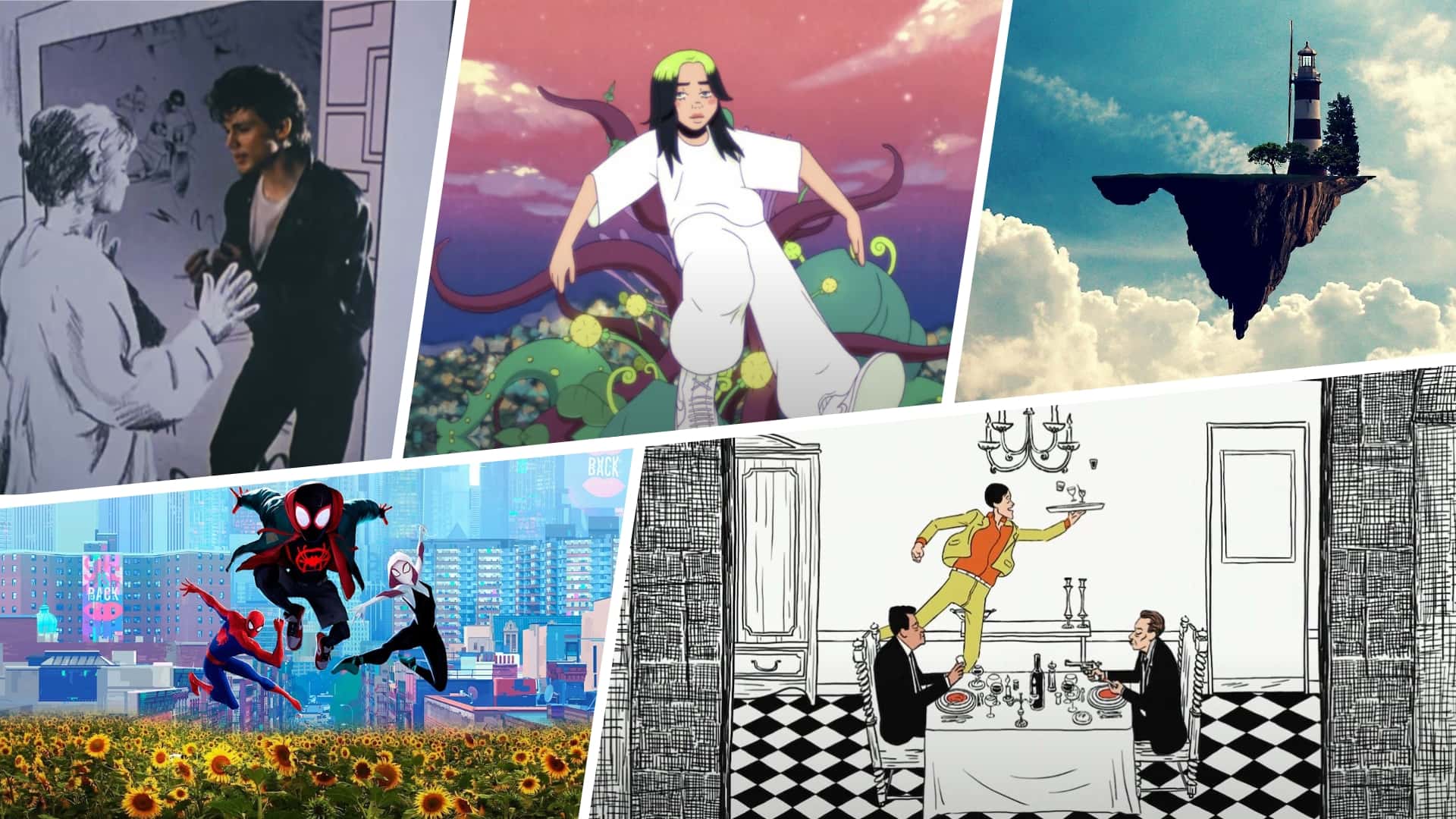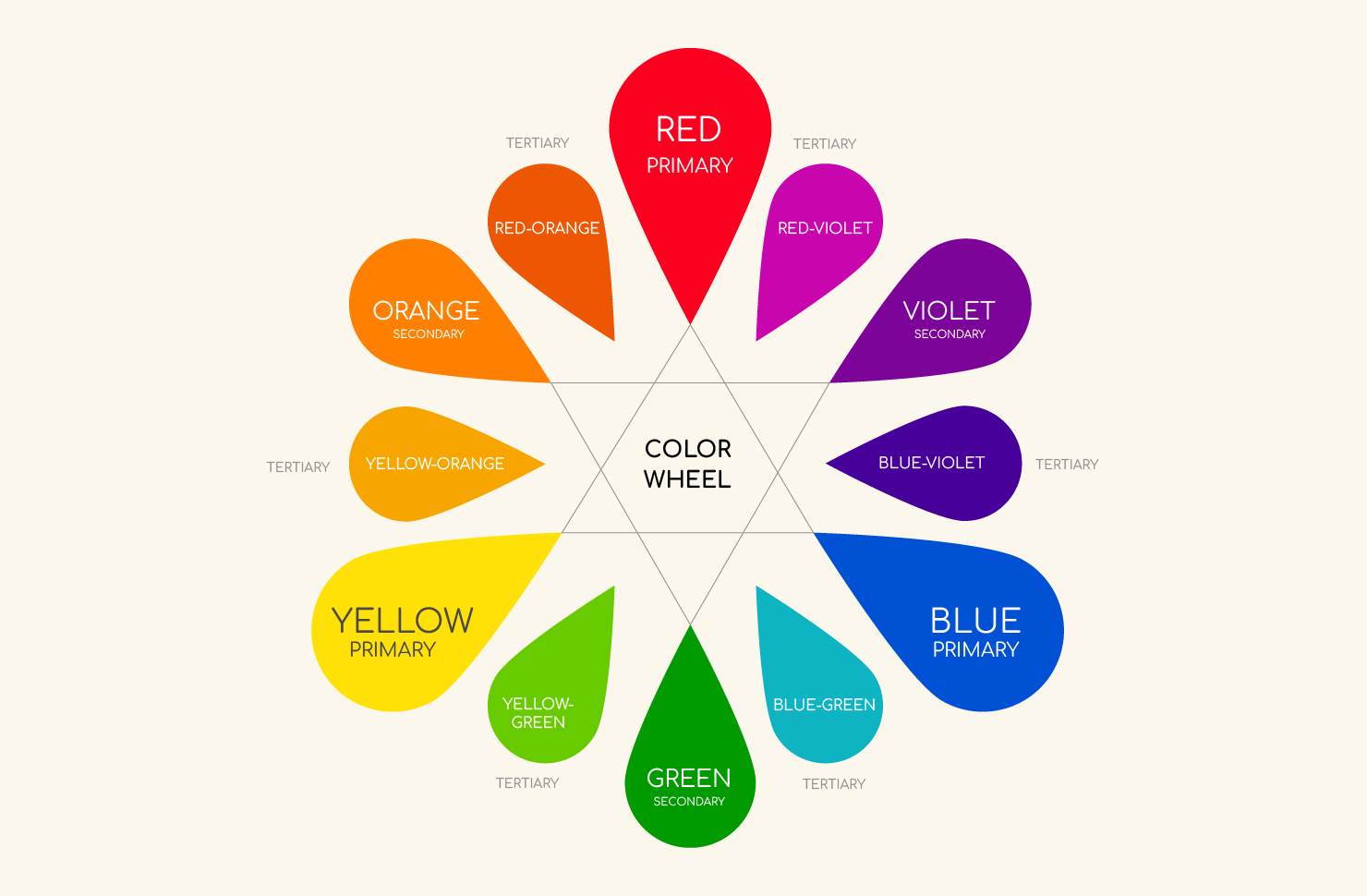The Evolution of Animation: From Classic Cartoons to Modern Masterpieces
Introduction
Animation has undergone a remarkable transformation since its inception, evolving from simple hand-drawn sketches to sophisticated digital creations. This journey reflects not only technological advancements but also shifts in storytelling and artistic expression.
📽️ The Dawn of Animation
The origins of animation trace back to the early 20th century, with pioneers like Émile Cohl’s Fantasmagorie (1908), considered one of the first fully animated films. These early works laid the foundation for the animation industry, introducing audiences to the magic of moving drawings.
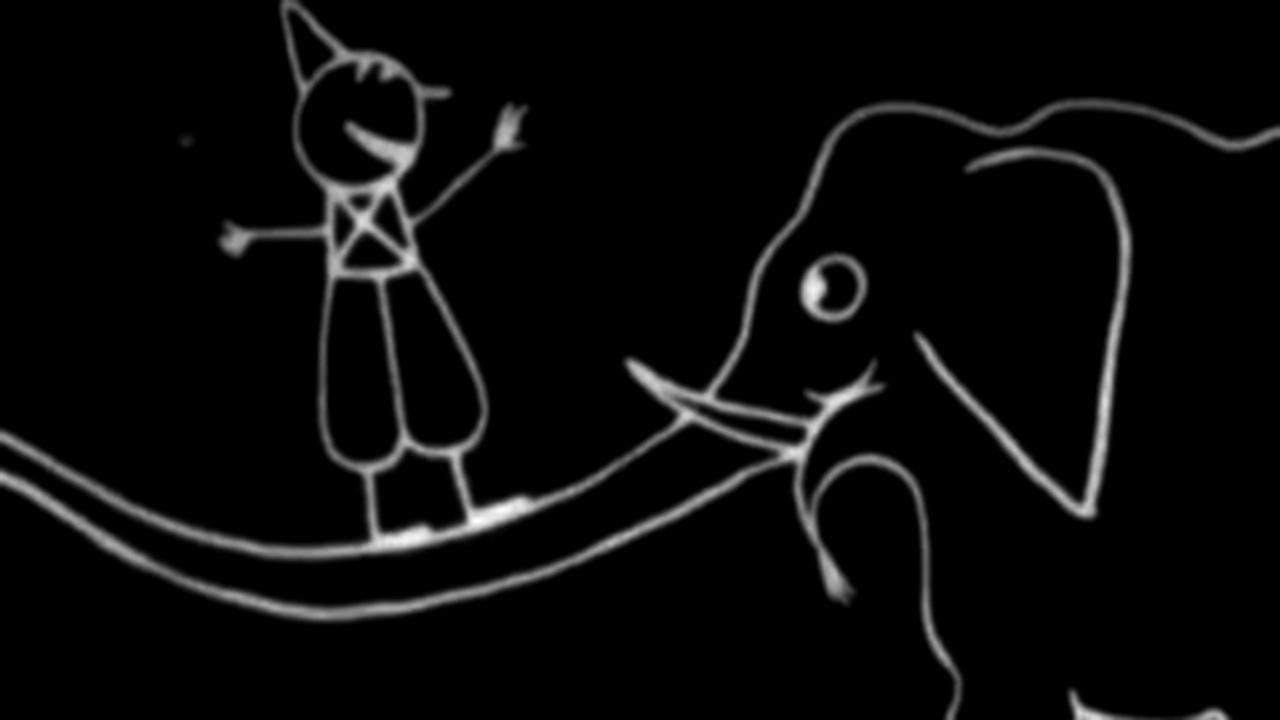
🎬 The Golden Age: 1930s–1950s
This era saw the rise of iconic characters and studios. Walt Disney’s Snow White and the Seven Dwarfs (1937) was the first full-length cel-animated feature, setting new standards for storytelling and production quality. Studios like Warner Bros. introduced characters such as Bugs Bunny and Daffy Duck, embedding themselves into popular culture.
🖌️ Technological Advancements: 1960s–1980s
The introduction of limited animation techniques allowed for more cost-effective productions, leading to a boom in television cartoons. Shows like The Flintstones and Scooby-Doo became household names. Meanwhile, innovations like rotoscoping and xerography improved animation efficiency and visual effects.
.
💻 The Digital Revolution: 1990s–2000s
The advent of computer-generated imagery (CGI) revolutionized animation. Pixar’s Toy Story (1995) was the first entirely computer-animated feature film, showcasing the potential of digital animation. This period also saw the rise of Flash animation, enabling independent creators to produce and share content online.
🌐 The Modern Era: 2010s–Present
Contemporary animation embraces a blend of traditional techniques and cutting-edge technology. Studios like Laika have revitalized stop-motion animation, while streaming platforms have expanded the reach of animated content. Additionally, animated music videos have gained popularity, offering artists a unique medium to express their creativity.
🎶 Animation in Music Videos
Animated music videos have become a powerful tool for storytelling and artistic expression. Notable examples include:
-
Gorillaz’s Feel Good Inc.: A blend of 2D and 3D animation creating a distinctive visual identity.
-
A-ha’s Take On Me: Innovative rotoscoping techniques that merged live-action with pencil-sketch animation.
-
Billie Eilish’s my future: A beautifully animated narrative complementing the song’s themes.
🧠 Final Thoughts
The evolution of animation reflects the industry’s adaptability and the limitless possibilities of storytelling. From humble beginnings to today’s digital masterpieces, animation continues to captivate audiences, pushing the boundaries of creativity and innovation.
editor's pick
news via inbox
Nulla turp dis cursus. Integer liberos euismod pretium faucibua


